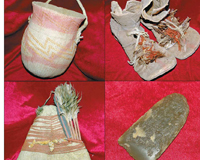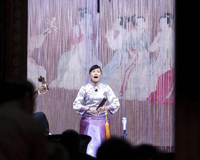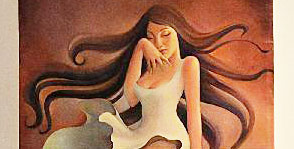"But, we cannot increase the entrance fee. Many visitors are from low-income families. We can't shut the door in their face."
The entrance fee is 40 yuan in the lean season and 60 yuan in peak season-much lower than many smaller tourist attractions nationwide.
The museum has cleaned up the square by its front gate and installed hundreds of new seats. Smoking is banned in the entire museum premises. One-seventh of visitors to the Palace Museum come from overseas, so the museum provides an audio guide service in 40 languages.
Perhaps Shan's biggest move has been to open the middle front gate, which was traditionally only opened for emperors, and in modern times, visiting state leaders.
"Everyone visiting the Palace Museum should be treated equally. They have the right to choose which gate to walk through, as all visitors must enter the museum on foot. The influence of special guests should be minimized."
That was why US first lady Michelle Obama and French president Francois Hollande also entered the museum on foot.
"It is a pity that many visitors only walk through the axis, missing some excellent exhibits scattered in the temples in the two wings," he says. "On one hand, the central part of the museum is too crowded, and on the other hand, some exhibition halls are almost empty. When I walked into an exhibition a few days ago, I only spotted 27 visitors."
More areas in the Forbidden City will be opened to visitors in the coming years.
Only 52 percent of the total area is now open, but the number will rise to 76 percent by the end of 2016. The mysterious part of the western wing-once the home of queens and concubines-will be unveiled to the public for the first time.
Architectural treasure
Shan says opening more areas of the museum is based on renovation currently happening behind closed doors.
"To respect the history, we can only use ancient building materials during renovation to keep the original facades. But modern lightening- and earthquake-precaution methods are also applied."
Shan admits some of his rules for renovation appeared too rigid for his colleagues. But he says they were essential in order to treat the architecture with respect. For example, he did not allow any grass to grow on the walls.
"Of course I cannot promise there will be no grass. But, as long as you allow one blade to exist, there will soon be too much."
There are still some academic institutions and organizations that work inside the Forbidden City. But Shan says it is time for them to leave so there will more space for visitors and the traditional look of the architectural complex can be restored. He says all of these organizations will move out of the palace's red walls by 2016.
"Many new constructions have built in recent decades in the Forbidden City. No matter what function they serve, they must be torn down to give way to the past, and fulfill our duty of maintaining a World Heritage Site."
"I am an architect," says Shan, who was in charge of supervising the Beijing municipal office's urban construction plan. "But all I've done here is demolish buildings.
"By 2020, the 600th birthday of this palace, the only construction left will be historical relics. Then, we will have a Forbidden City of peace and splendor for the next 600 years."
We Recommend:
 |
 |
 |
| Meeting mummy in the valley of the giants | Nanyin: Ancient Chinese folk music originated from Fujian | The Yang opera over the years |

Discover Beijing
